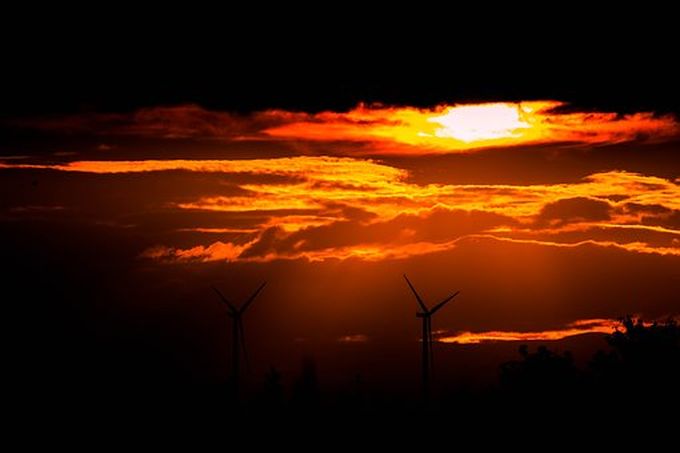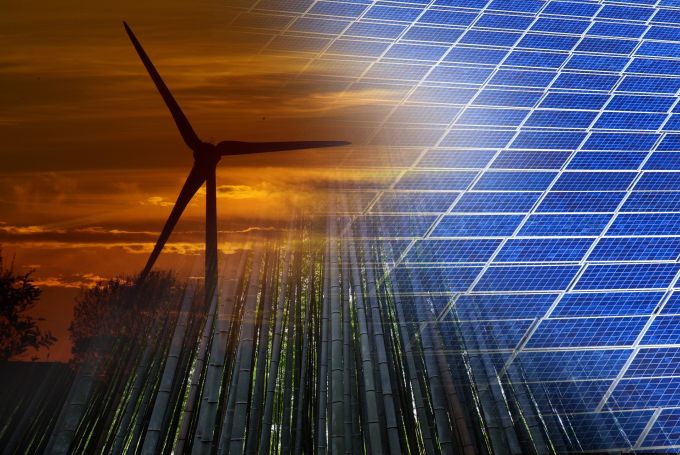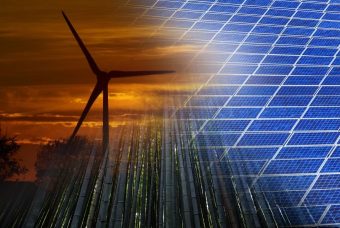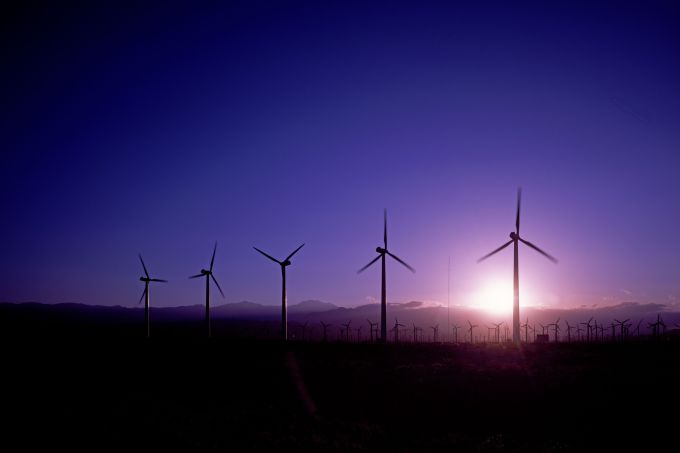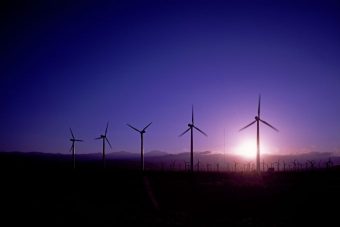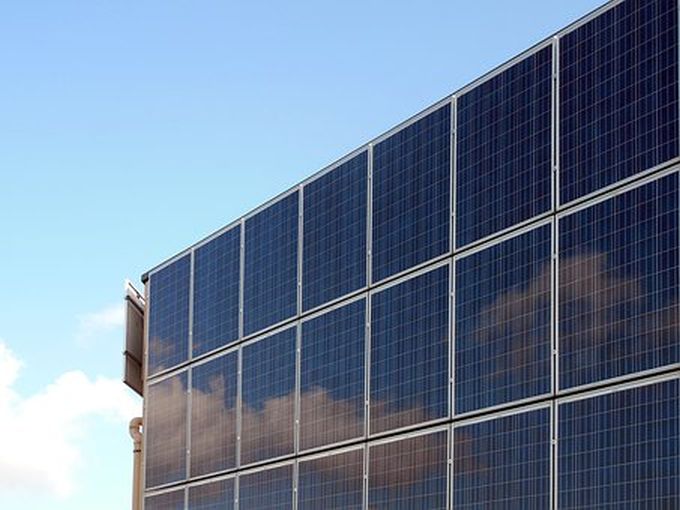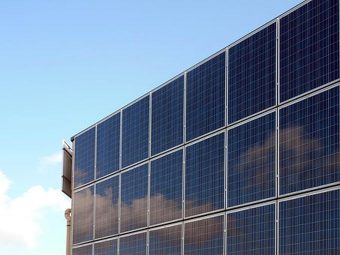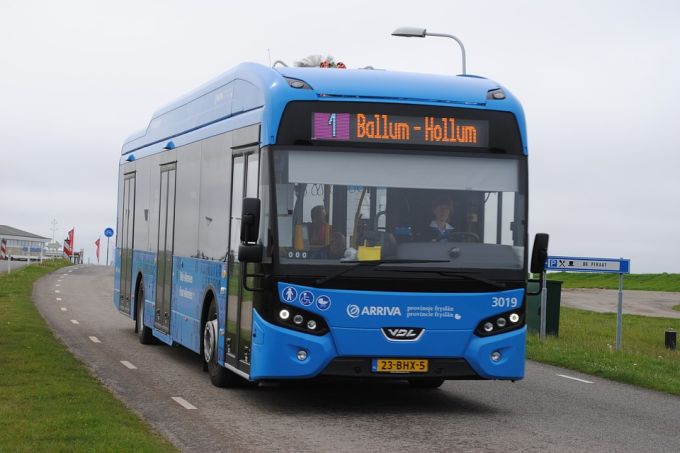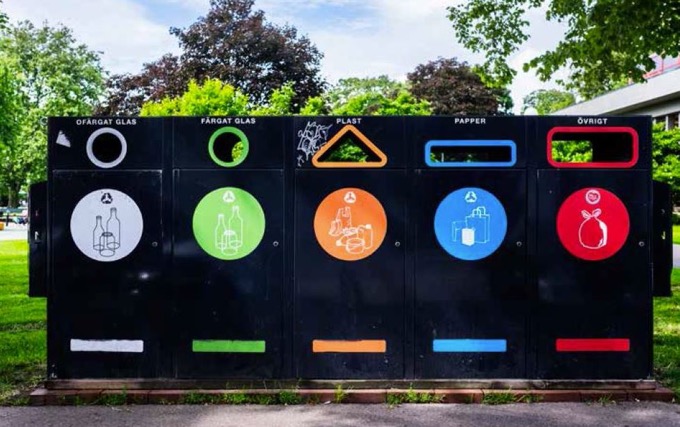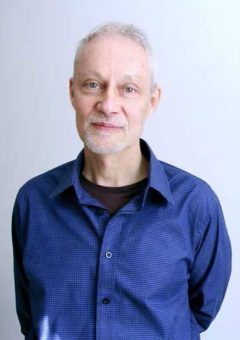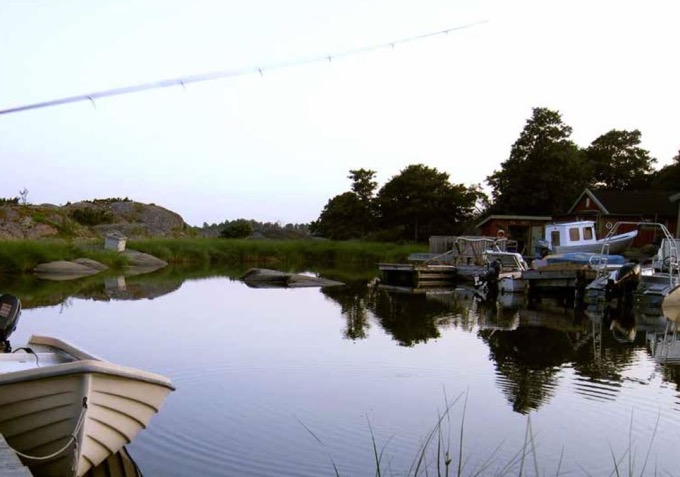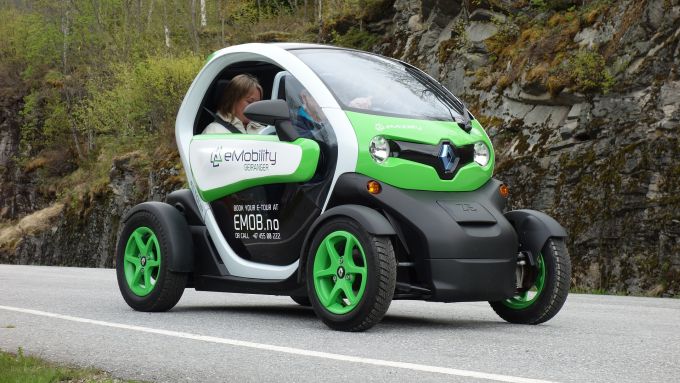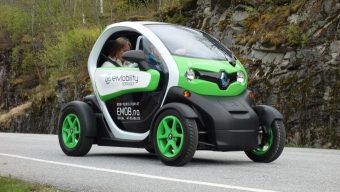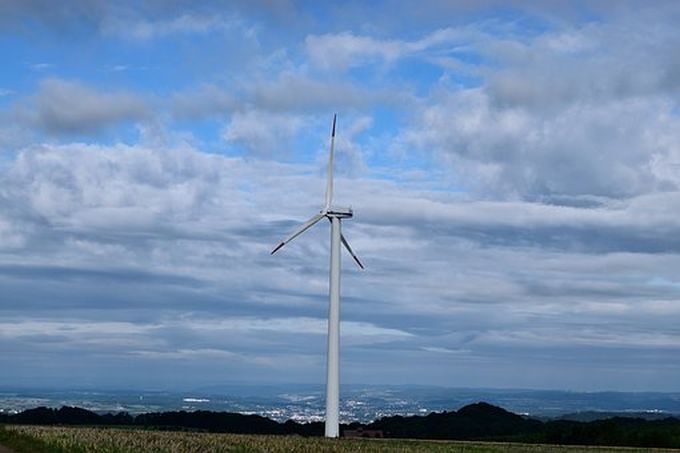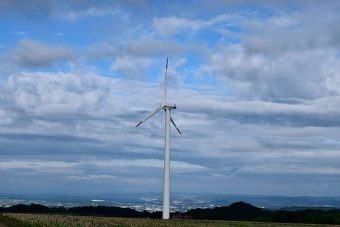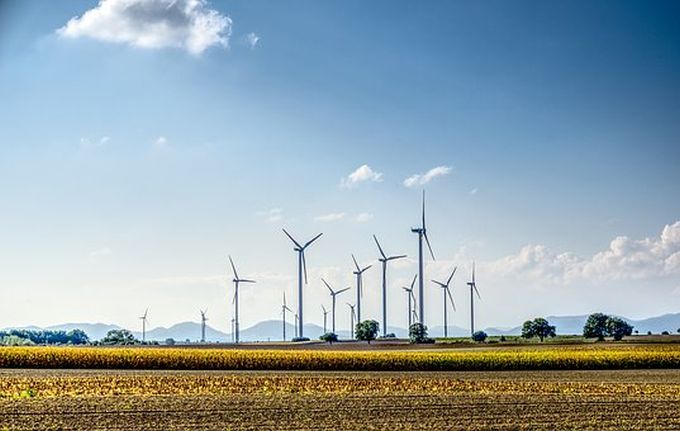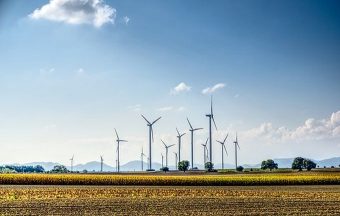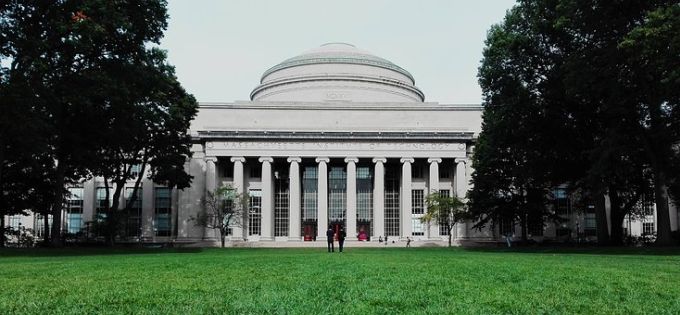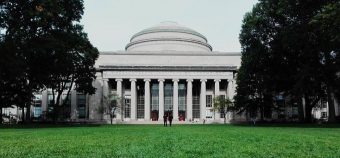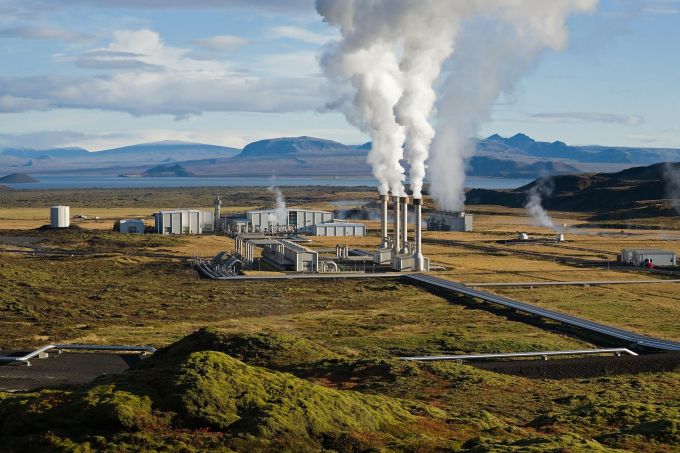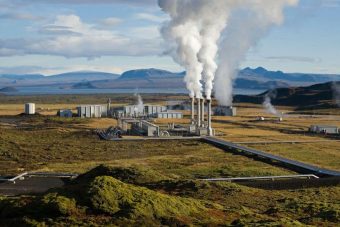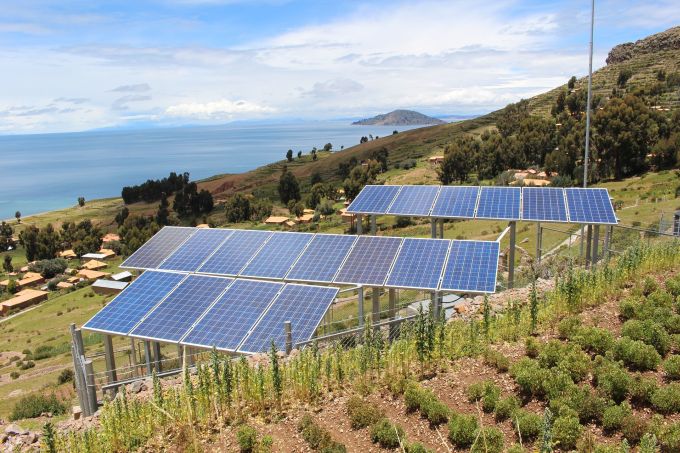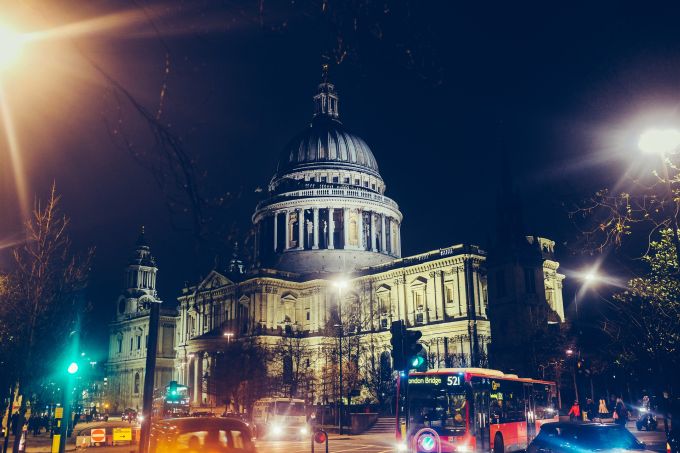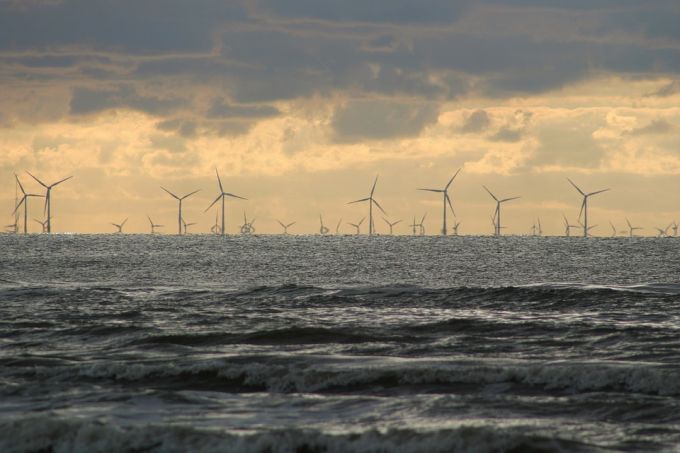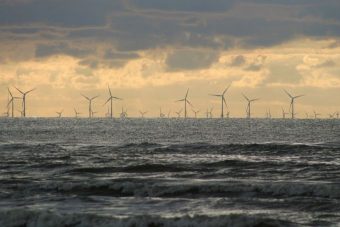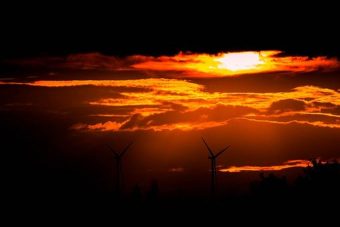
For the fourth year in a row, new US electricity capacity from renewable energy sources surpassed those from natural gas, and accounted for half of all new capacity additions, according to recent figures published by the country’s Federal Energy Regulatory Commission.
New electricity capacity from renewable energy sources — including biomass, geothermal, hydropower, solar, and wind — accounted for 49.85% of all new capacity installed during 2017, which totaled 24,614 MW (megawatts), meaning that there was 12,270 MW worth of new renewable energy capacity. New natural gas capacity accounted for 48.67%, with the remaining new capacity being served by waste heat (0.89%), nuclear (0.41%), and oil ( 0.16%). There was no new coal capacity added during 2017.
These are the key statistics from Federal Energy Regulatory Commission’s (FERC) latest issue of its “Energy Infrastructure Update” (PDF) which includes data through to the end of 2017. Ken Bossong’s Sun Day Campaign highlighted these statistics in an email on Wednesday.
While renewable energy capacity was down on 2016’s impressive 16,124 MW, it nevertheless retained its position as the dominant new form of energy, outpacing natural gas for the fourth year in a row.
“Notwithstanding a year-long effort by the Trump Administration and its congressional allies to prop up coal, nuclear, and natural gas at the expense of renewable energy sources, clean energy technologies have proven themselves to be amazingly resilient,” noted Ken Bossong, Executive Director of the SUN DAY Campaign. “The unmistakable lesson to be drawn from the past five or more years of FERC data is that solar, wind, and the other renewable energy sources are carving out a large and rapidly-expanding share of the nation’s electrical generation.”
Technology-specific statistics were similarly impressive. By the end of last year, utility-scale solar had reached 30.30 GW (gigawatts) — approximately eight times greater than what FERC had reported five years ago. Solar now makes up 2.55% of the total US utility-scale generating capacity — an inherently underrated figure, considering FERC does not include distributed solar in its statistics.
Over the past five years, renewable energy generating capacity has increased across the board in the United States. On top of solar’s 7.77% increase, wind energy grew by 53.88%, biomass by 11.20%, geothermal by 3.51%, and hydropower by 2.79%. In fact, the generating capacity of all non-hydro renewable energy sources is 73.89% greater than it was five years ago, and renewables together account for 20.21% of the United States’ installed generating capacity. Five years ago this figure stood at only 15.40%. Unsurprisingly, given its popularity and economic viability, wind energy stands out from the pack for the moment, accounting for 7.45% of total US generating capacity.
On the other side of the energy generating street, natural gas has only increased its share of generating capacity by 5.14% over the past five years, and oil by only 5.35%. Most importantly, however, is the state of coal, which over the past five years has seen its share of total generating capacity decline by 17.83%.
Source: cleantechnica.com


